3 Insider Tips for an Amazing Visit to the St. Louis Gateway Arch
Learn from the expert Erin Hilligoss-Volkmann, Director of Education at Gateway Arch National Park, how to get the most out of your trip to the St. Louis Gateway Arch.
Sweeping views of St. Louis, a remarkable testament to architecture and engineering, a monument for the people: These are all things that come to mind when we consider St. Louis’s Gateway Arch. When planning 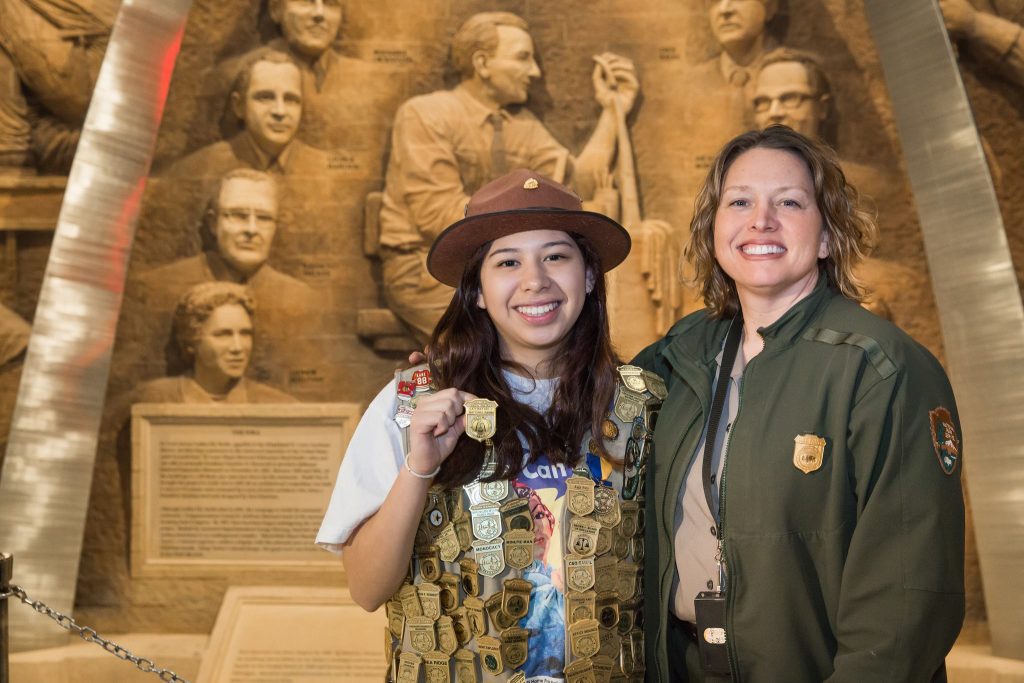 your trip to visit this fascinating historic attraction, there are many things that we don’t consider. Erin Hilligoss-Volkmann, Director of Education at Gateway Arch National Park, gave some insider tips on the best way to see the Arch.
your trip to visit this fascinating historic attraction, there are many things that we don’t consider. Erin Hilligoss-Volkmann, Director of Education at Gateway Arch National Park, gave some insider tips on the best way to see the Arch.
“Most of the questions I get daily are what you’d expect,” says Erin. “Questions like, ‘Where do I park?’ and ‘Where’s the entrance?’ are typical, but ‘Why an arch?’ and ‘Why Saint Louis?’ come up just as often.”
When visiting the Arch, an important step is pre-planning. With the health and safety of visitors and team members its highest priority, Gateway Arch National Park has modified many aspects of the park experience, including requiring face coverings for tram riders ages 9 and older, establishing social distancing guidelines throughout the Arch facility, and rigorously and frequently disinfecting and sanitizing public spaces and surfaces. These procedures and protocols are outlined at nps.gov/jeff.
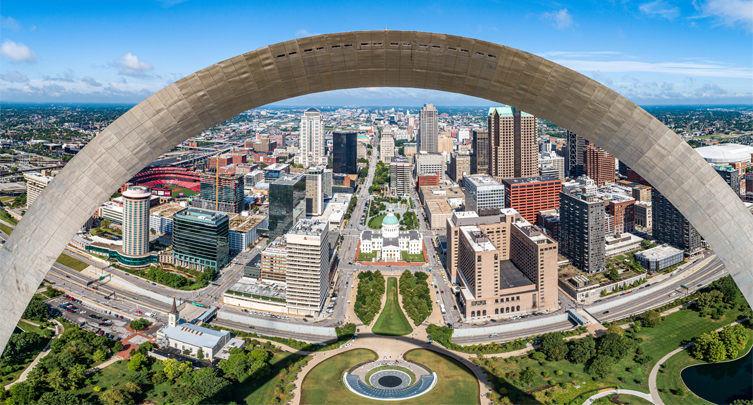 Where’s the best place to park?
Where’s the best place to park?
There are easy ways to make parking and accessing the Arch simpler. The Arch conveniently provides directions at gatewayarch.com for those driving, walking, using public transit or arriving by bus.
Once you’ve arrived, you’ll have to find a parking space since there is no dedicated, on-site visitor parking. With the help of Explore St. Louis, you can view a map of parking garages and surface lots near the Arch. All sites have been verified for accessibility and safety standards.
There are two handicap-accessible curbside drop-off and pick up areas located at the west end of Luther Ely Smith Square, on Fourth Street across the street from the Old Courthouse. Curbside drop-off and pick-up 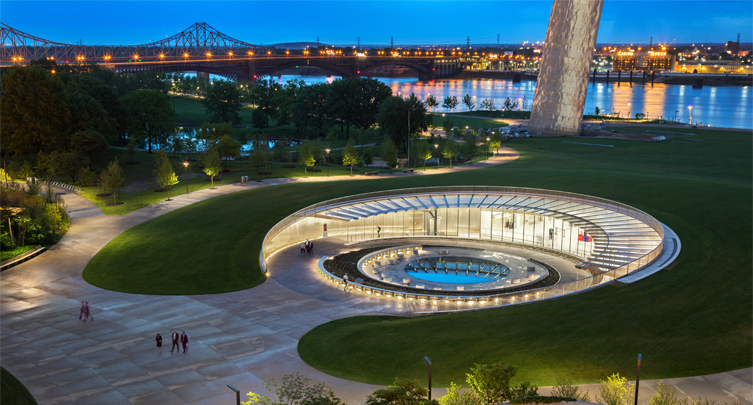 are available on the north and south sides of Luther Ely Smith Square, at Market Street & Memorial Drive and at Chestnut Street & Memorial Drive, near the beautiful west entrance of the Gateway Arch. Parking is available on the St. Louis Riverfront levee for a fee, or you could opt for any of the metered street parking available around the Arch and Old Courthouse.
are available on the north and south sides of Luther Ely Smith Square, at Market Street & Memorial Drive and at Chestnut Street & Memorial Drive, near the beautiful west entrance of the Gateway Arch. Parking is available on the St. Louis Riverfront levee for a fee, or you could opt for any of the metered street parking available around the Arch and Old Courthouse.
What’s the best deal for seeing it all?
Many assume you enter the Arch facility from the monument’s legs; however, the legs are exits only. All Arch visitors must enter the monument at its new west entrance, which faces Fourth Street and the Old Courthouse. Access to the Gateway Arch Visitor Center is free, but the Tram Ride to the Top ranges from $12-16 for adults and $8-12 for children. If you’re looking for a good deal, consider getting a See Everything 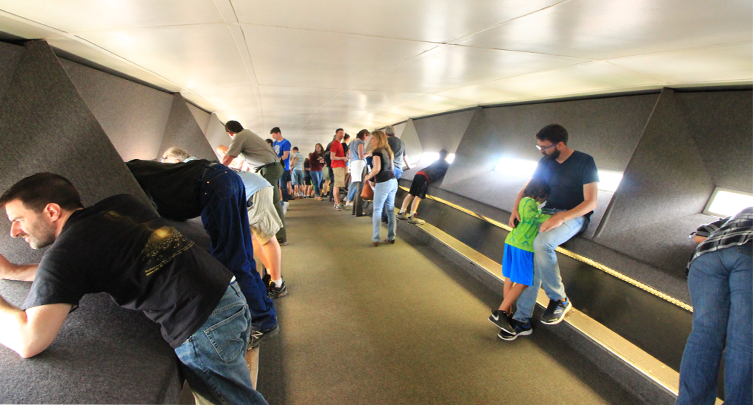 Combo ticket, which includes the Tram Ride to the Top, the Documentary Movie “Monument to the Dream”, and a St. Louis Riverfront Cruise aboard the Riverboats at the Gateway Arch. The See Everything Combo ticket is $33-40 for adults and $18-25 for children.
Combo ticket, which includes the Tram Ride to the Top, the Documentary Movie “Monument to the Dream”, and a St. Louis Riverfront Cruise aboard the Riverboats at the Gateway Arch. The See Everything Combo ticket is $33-40 for adults and $18-25 for children.
Keep in mind, due to its unique design, the Tram Ride to the Top is not handicap accessible. However, the Keystone Exhibit, located in the Arch’s tram lobby, is a replica of the final section placed at the top of the Arch and offers an accessible experience for everyone. Webcams at the top of the Gateway Arch give keystone exhibit visitors a live view through the replica’s windows.
What’s one thing I shouldn’t miss?
“The Gateway Arch is more than an attraction, it’s history,” Erin says. “To me, it symbolizes a leap of faith, 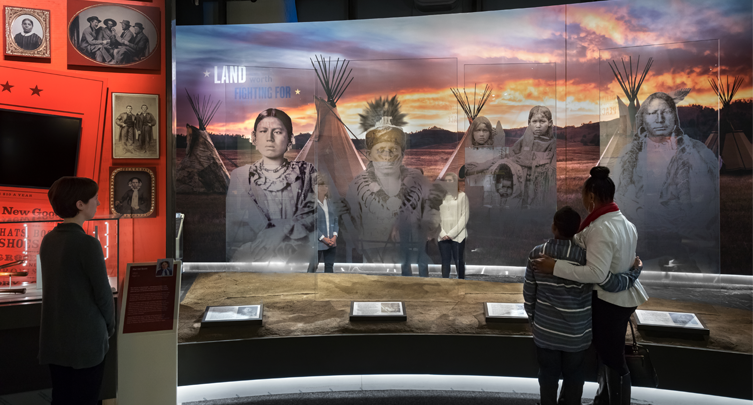 from those who built it to those who traveled west for the chance to create a better life and how that impacted other people. The Museum at the Gateway Arch captures that history really well.”
from those who built it to those who traveled west for the chance to create a better life and how that impacted other people. The Museum at the Gateway Arch captures that history really well.”
Free to the public, the newly renovated museum located beneath the Arch covers 201 years of history, with six themed exhibit areas. A driving factor in the design of the exhibits was to make sure that all perspectives were included, so you have history through the lens of the Native Americans, explorers, pioneers and rebels who shaped America. The focus of exploring America’s pioneering spirit and explaining westward expansion is done through innovative and interactive displays. The museum was designed so people of all abilities can enjoy it. Wheelchairs can 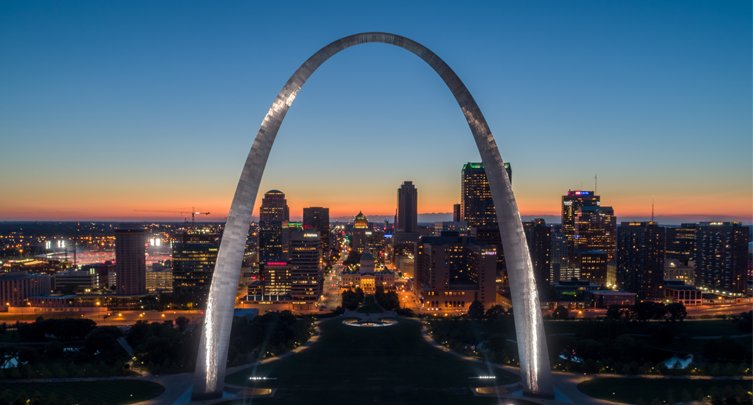 get close to the exhibits, text script is enlarged for those who are visually impaired, and portions of the museum experience involve tactile models, so you can use your hands to learn.
get close to the exhibits, text script is enlarged for those who are visually impaired, and portions of the museum experience involve tactile models, so you can use your hands to learn.
“It’s all about creating a space for discussion,” Erin says about the mission of the museum and the Arch itself. “We want people to walk away with a better understanding of the impact of ideas at that time.”
By Digital Content Coordinator, ARIANA JENNELL

You are not logged in. To login or create an account please click here